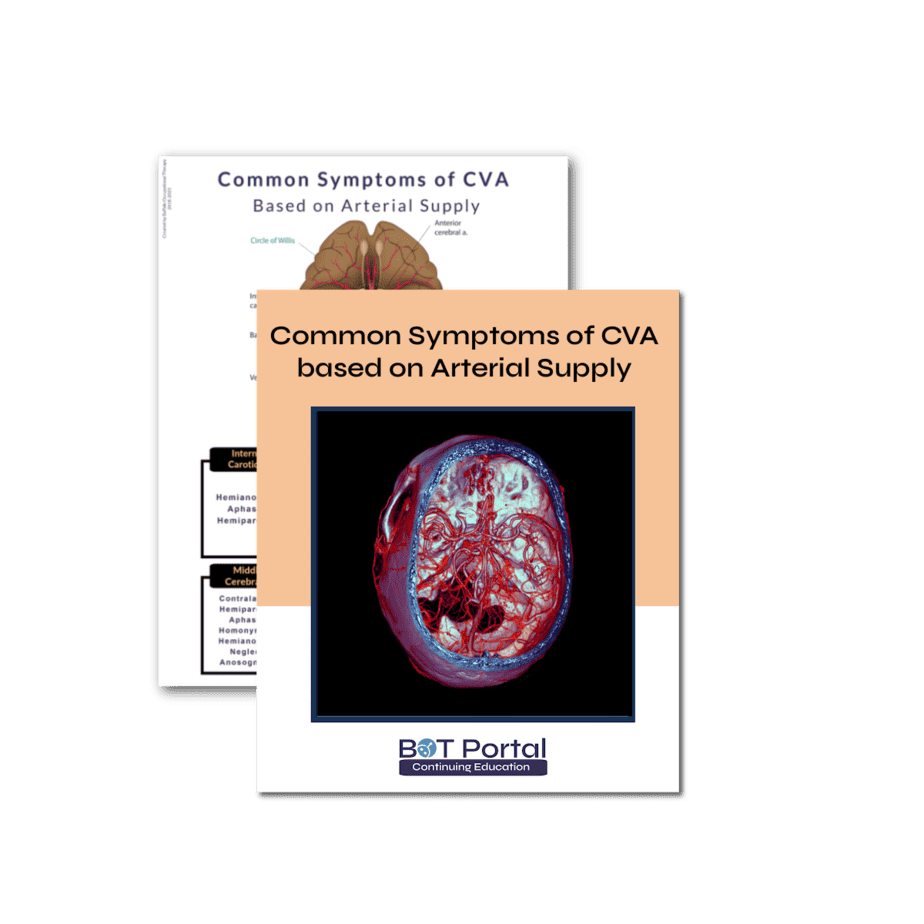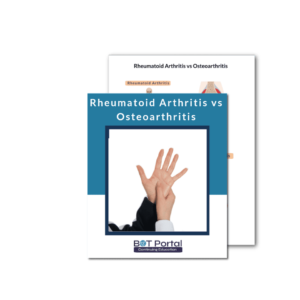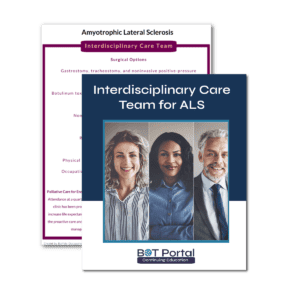Description
Common Symptoms of CVA based on Arterial Supply
In the realm of cerebrovascular accidents (CVAs), commonly known as strokes, understanding the arterial supply to different regions of the brain is paramount in recognizing and interpreting associated symptoms. This printable guide provides an in-depth exploration of common symptoms of CVA based on arterial supply, empowering individuals and healthcare professionals alike to recognize warning signs and take appropriate action.
When a stroke occurs, the disruption of blood flow to specific areas of the brain results in a cascade of neurological symptoms that vary depending on the affected arterial territory. By understanding the anatomical distribution of major arteries in the brain and their corresponding regions of supply, one can decipher the underlying pathology and anticipate the presentation of symptoms.
For example, a CVA affecting the middle cerebral artery (MCA) often results in symptoms such as contralateral weakness or paralysis of the face, arm, and leg, along with sensory deficits and aphasia if the dominant hemisphere is involved. Conversely, a CVA involving the posterior cerebral artery (PCA) may manifest as visual disturbances, including homonymous hemianopsia or cortical blindness, along with sensory deficits and cognitive impairments.
Furthermore, an understanding of arterial supply is crucial in distinguishing between ischemic and hemorrhagic strokes, as the presentation and management of these conditions differ significantly. Ischemic strokes, resulting from occlusion of a cerebral artery, may present with sudden-onset focal neurological deficits, whereas hemorrhagic strokes, caused by rupture of a blood vessel, often present with severe headache, nausea, vomiting, and altered level of consciousness.
By recognizing the common symptoms of CVA based on arterial supply, individuals can seek timely medical attention and receive appropriate treatment, potentially minimizing the extent of brain damage and optimizing outcomes. Healthcare professionals can use this knowledge to guide diagnostic evaluation, determine the underlying etiology of stroke, and develop tailored management plans for each patient.
You might also like to check the following content:




